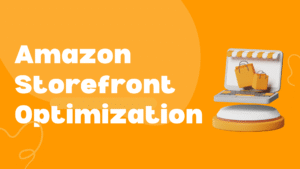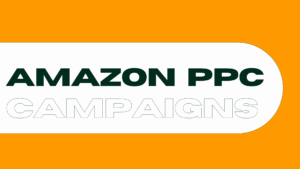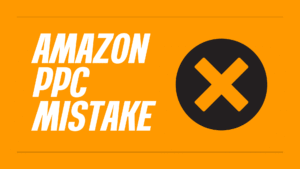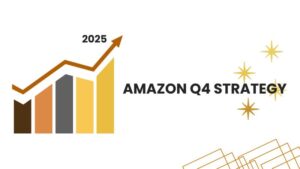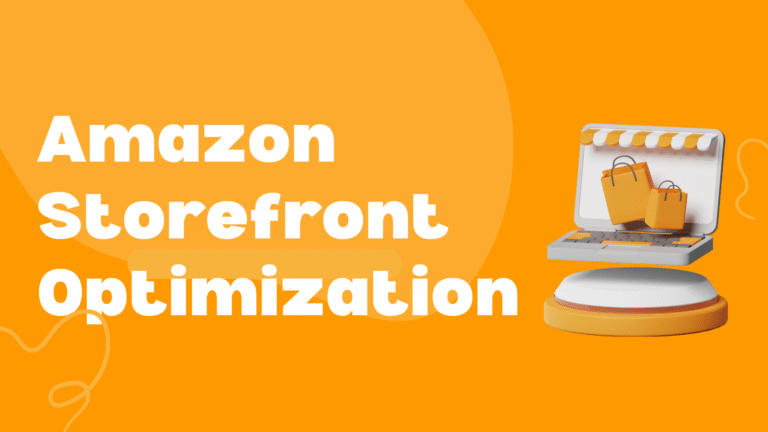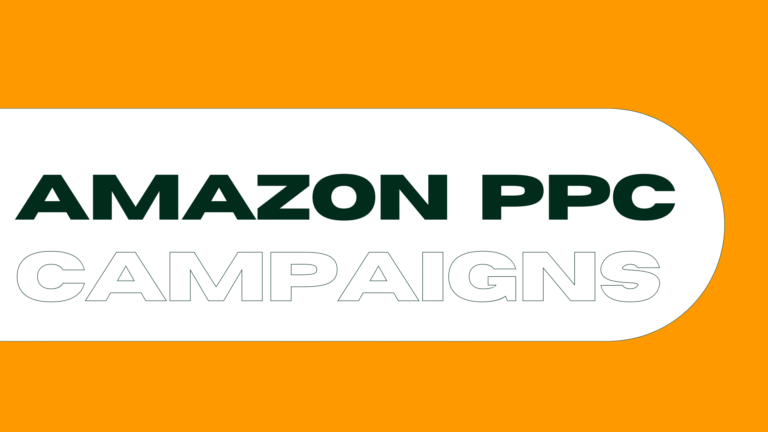Amazon is ranked #4 among the most valuable brands worldwide. The global e-commerce giant achieved nearly USD 638 billion in net sales worldwide in 2024. Along with Amazon 1P, 3P, and the increasingly popular hybrid model, brands today have multiple ways to sell on Amazon. 1P vs. 3P vs. hybrid represents important strategic choices for manufacturers and businesses.
Amazon 1P Model (Amazon Vendor)
Amazon Vendor (1P) is a relationship model where the manufacturer or brand owner sells its products directly to Amazon.
In this model, Amazon purchases inventory from the vendor at wholesale prices and then resells it to end consumers on the Amazon marketplace.
The 1P model is invitation-only. Amazon extends an offer to selected brands or manufacturers it deems suitable for retail partnership. Once invited, the vendor must review and accept Amazon’s Vendor Agreement.
The core mechanic of 1P is the Purchase Order (PO).
Instead of receiving individual customer orders, the vendor waits for Amazon to send an electronic Purchase Order (PO) detailing the specific products and quantities Amazon wants to buy. The vendor then ships the product to an Amazon fulfillment center, and Amazon takes ownership of the inventory.
The vendor’s primary function is to fulfill the POs on time and according to Amazon’s compliance guidelines (packaging, labeling, delivery windows).
Vendors manage their business relationship with Amazon through Vendor Central.
Read more Pros & Cons of being an Amazon Vendor
Amazon 3P Model (Amazon Seller)
The Amazon Seller (3P) model allows manufacturers, brand owners, and independent sellers to list and sell their products directly to consumers on Amazon’s global marketplace. The seller retains ownership of the inventory until the product is sold and shipped to the customer.
This is the more common and accessible selling model.
Unlike the invitation-only 1P model, the 3P model is an open marketplace. Virtually any individual or business can sign up to become an Amazon Seller, provided they pass standard identity verification and agree to Amazon’s terms of service.
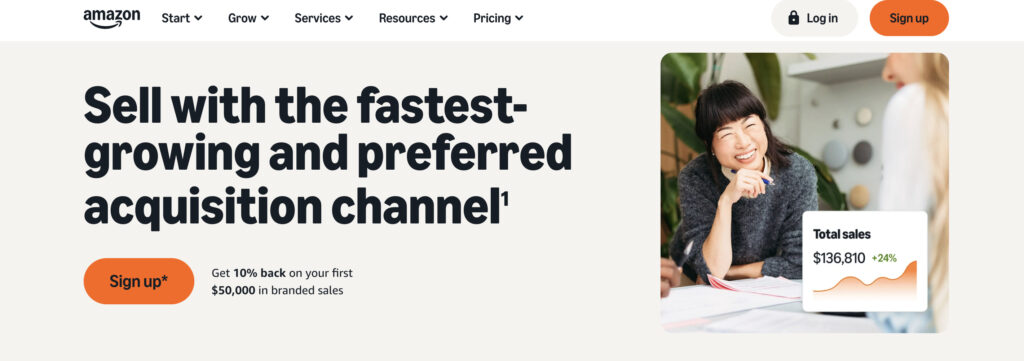
To participate, simply create an account through Seller Central. Registration can be completed with basic business information.
In Amazon Seller Central, sellers can list and manage products across multiple categories and marketplaces, set pricing, monitor inventory, track sales performance, and handle customer service (for FBM sellers) as well as manage returns.
Amazon offers two primary fulfillment pathways under the 3P model: FBA and FBM. In short, in FBA (Fulfillment by Amazon), sellers ship products to Amazon, which manages storage, shipping, customer service, and returns. In FBM (Fulfillment by Merchant), sellers manage storage, packaging, shipping, and customer service themselves.
The 3P model is the most common entry point for new brands, small businesses, and manufacturers launching products on Amazon.
Sellers have the option to choose between two main plans: the Individual Plan, which incurs a $0.99 fee per item sold, and the Professional Plan, which features a monthly subscription fee of $39.99 (subject to change) and variable closing fees.
Read more Pros & Cons of being an Amazon Seller
The Hybrid Model
The hybrid approach is a strategic decision where a brand utilizes both Amazon Vendor (1P) and Amazon Seller (3P) to manage its presence on Amazon.
In particular, the brand sells some products wholesale to Amazon (1P) while also selling other products directly to consumers (3P).
Pros of the Hybrid Model on Amazon
Scale and Control
The hybrid strategy enables brands to benefit from the wholesale stability and operational simplicity of 1P, while also achieving the profit margins and pricing control of 3P.
Flexibility
The manufacturer is not bound by a single set of rules or a fixed margin structure. They can decide on a product-by-product basis whether they value the high volume of a wholesale PO (1P) or the high margins and control of a retail sale (3P).
Diversification and Risk Reduction
By operating across both platforms, brands reduce dependency on a single Amazon sales channel.
If the Amazon algorithm reduces or postpones 1P Purchase Orders (POs), the 3P channel guarantees ongoing product availability and sales movement. Likewise, if there are operational challenges or pricing pressures in 3P, 1P bulk sales offer a source of stability.
Pricing Control and Profitability
The manufacturer can use the 3P channel to set a high, stable retail price on their hero products, protecting their brand’s value (and the prices of their brick-and-mortar retail partners).
Subsequently, they can employ the 1P channel for items that are highly competitive, allowing Amazon’s aggressive pricing strategy to seize market share without directly associating the lower price with the manufacturer’s name.
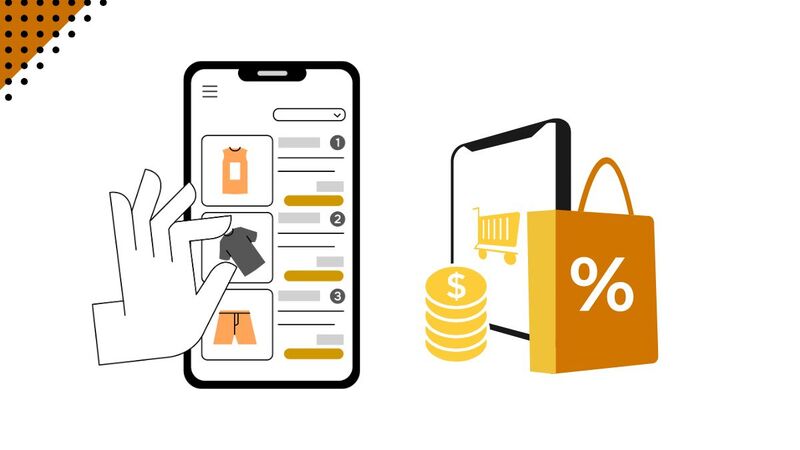
Cons of the Hybrid Model on Amazon
Operational Complexity
Handling both Vendor Central and Seller Central at the same time creates considerable operational challenges. Brands need to uphold distinct operational procedures for logistics, invoicing, pricing, and reporting.
Resource Intensive
Running both models effectively requires dedicated resources. Brands often need to invest in:
- Specialized personnel (for PO management, pricing control, and listing optimization).
- Automation tools or agencies to manage listings, inventory sync, and performance monitoring across both channels.
Internal Conflict & Policy Risks
Amazon generally prohibits or strongly discourages selling the same product (ASIN) through both 1P and 3P simultaneously, as it creates internal competition:
- Pricing wars: The 1P (Amazon Retail) price and the 3P (Your Seller Account) price will compete against each other, potentially driving the final retail price to an unsustainably low level.
- Policy violation: Attempting to sell the same product across both accounts can confuse Amazon’s system and may lead to suppressed listings or other punitive actions by Amazon. The brand must be strict about channel separation for each ASIN.
1P vs. 3P vs. Hybrid: Which One is the Best Model for Your Brand?
The ideal option depends on what your brand values most.
The 1P model is ideal for:
- Major brands that have a robust supply chain framework in place for wholesale distribution.
- Low-margin or commodity products: Items where higher sales volume is more crucial than individual profit margins, and where matching prices is not a significant issue.
- Brands that emphasize reliability: Products where the “Sold by Amazon” label is essential for building consumer trust (such as electronics and major appliances).
- Teams with limited resources for e-commerce: Brands that prefer Amazon to fully handle the retail, fulfillment, and customer service responsibilities.
The 3P model is ideally suited for:
- New or private-label brands.
- High-margin or niche products: Items that require the brand to enforce a strict Minimum Advertised Price (MAP) policy in order to safeguard relationships with physical stores and overall brand integrity.
- Flexible fulfillment: Brands that wish to leverage FBM.
The Hybrid Model is the most sophisticated and resource-intensive, but it offers the most significant long-term advantage for large brands that are already successful in the 1P channel. This model is best suited for:
- Diversified catalogs: Brands with a wide range of products.
- New product introduction: Launching new SKUs on 3P enables the brand to fine-tune content, advertising, and pricing until sales velocity is proven, and then offer it to Amazon as a 1P wholesale item.
- Risk management: Brands that need a reliable backup plan. If Amazon’s 1P algorithm fails to order an essential product, the brand can use its 3P account to fulfill orders and prevent stock shortages.
Conclusion
You can achieve success with any of the selling models on Amazon. So, which model is superior: 1P, 3P, or Hybrid? The response varies based on your brand’s objectives and available resources.
FAQs
Is 1P or 3P more profitable for Amazon?
The Amazon 3P model is generally more profitable on a margin basis. 1P generates higher gross revenue, 3P generates higher-margin service revenue for Amazon. Third-party sellers now account for over 60% of all paid units sold on Amazon’s marketplace, based on a Statista report.
How much is Amazon 3P?
Amazon sellers have the option to choose between two main plans: the Individual Plan, which incurs a $0.99 fee per item sold, and the Professional Plan, which features a monthly subscription fee of $39.99 and variable closing fees.
How to become a 1P seller on Amazon?
Becoming an Amazon Vendor (1P) is an invite-only process. You must be invited by Amazon to join. The primary step is to build a successful and attractive brand that Amazon will want to partner with.
Is Amazon Seller Central 3P?
Amazon Seller Central is a platform that 3P sellers use to handle all elements of their business, including product listings, inventory, pricing, orders, and advertising. Third-party sellers are independent businesses or individuals who sell their products directly to customers on Amazon through the Amazon Marketplace.
Can a normal person sell on Amazon?
To participate, simply create an Amazon selling account for free. There are specific fees associated with selling on the platform. Amazon provides two primary selling options: the Individual plan ($0.99 for each item sold) and the Professional plan ($39.99 per month, regardless of the number of sales).

